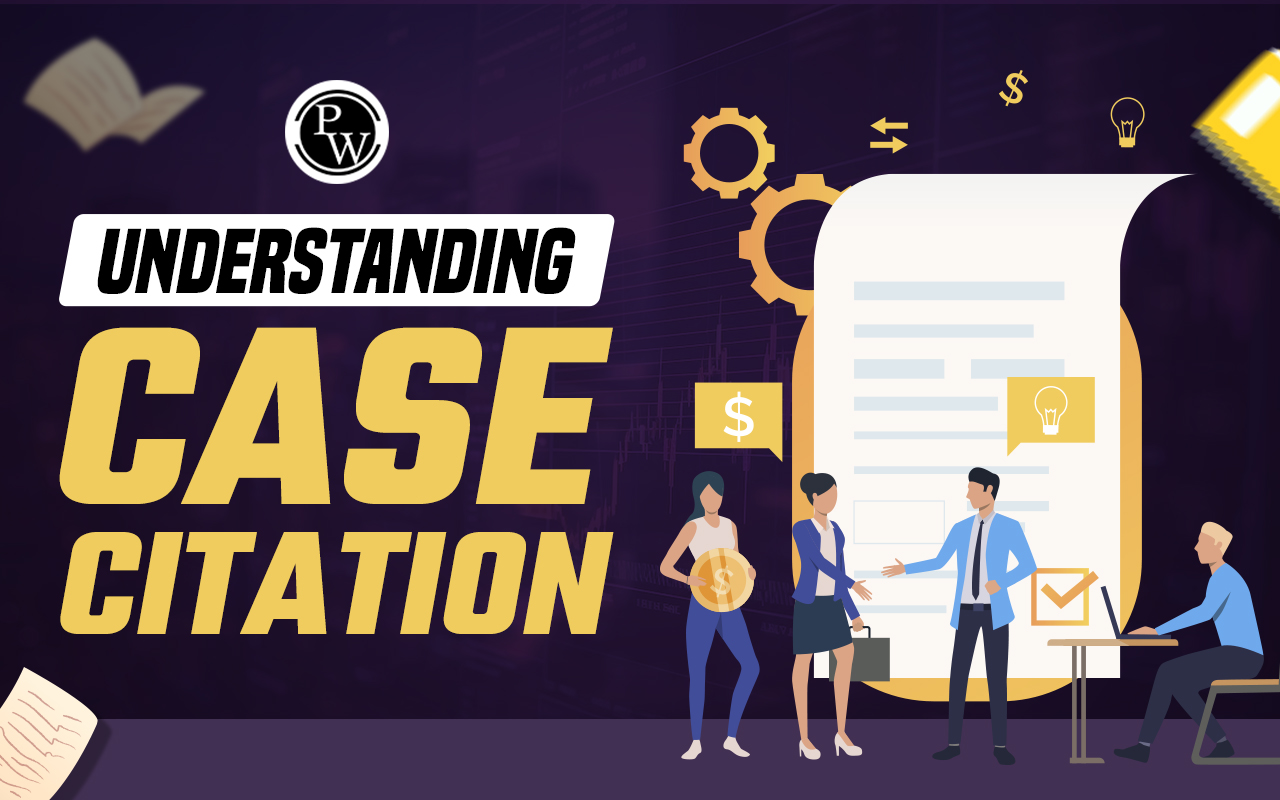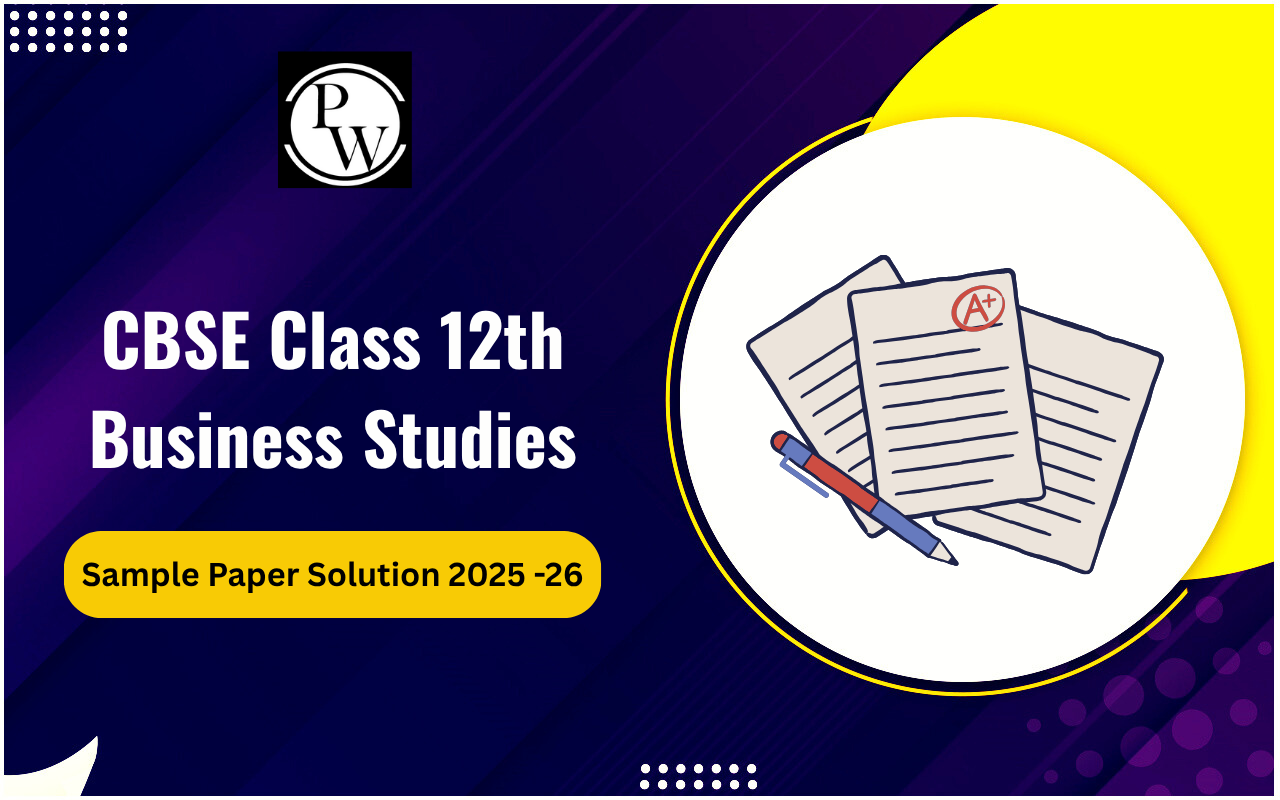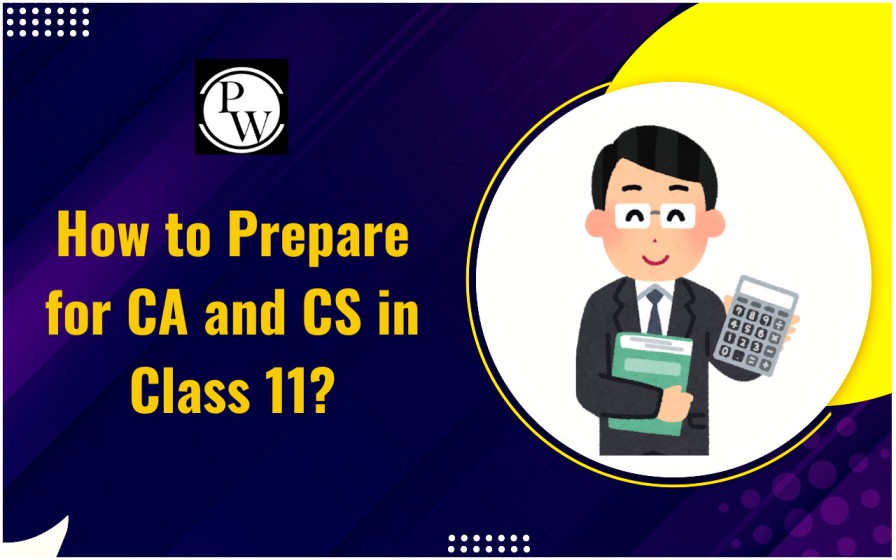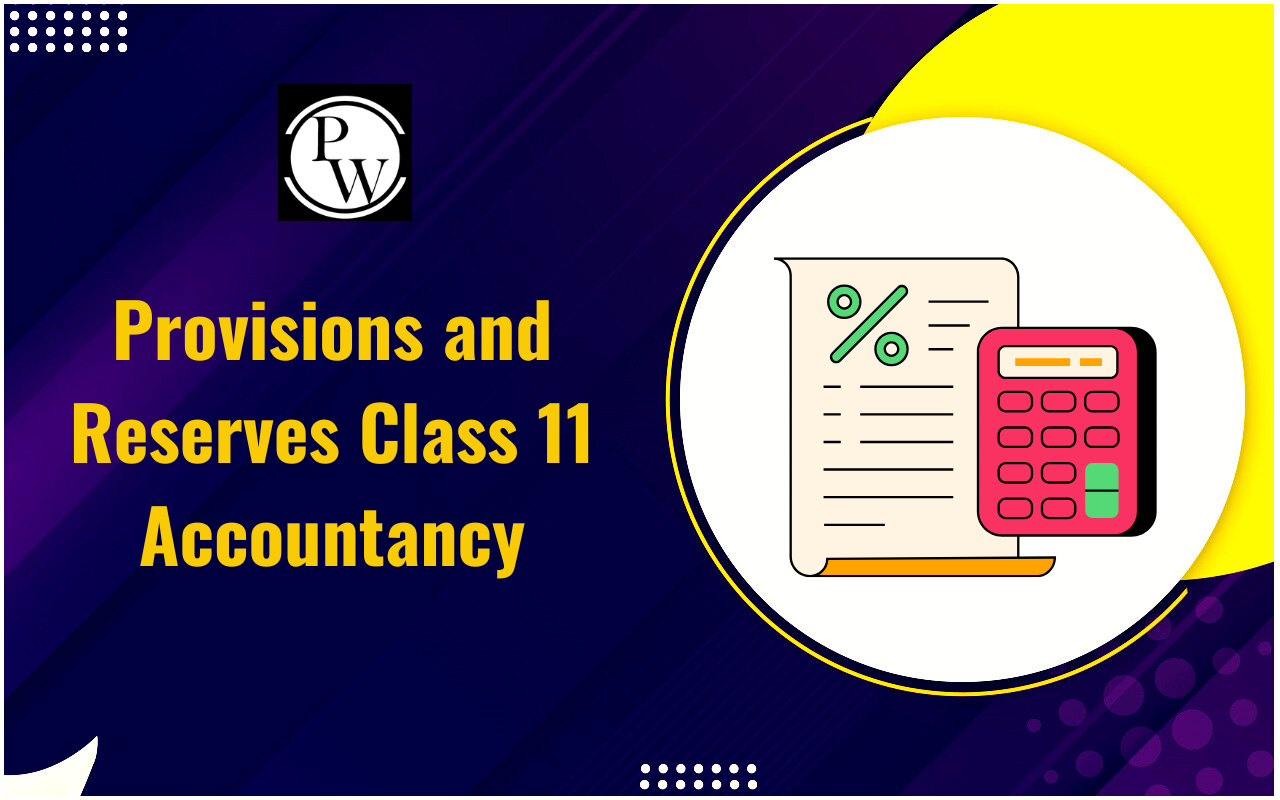

Case Citation: In writing, a citation is a way of giving more weight to our words by referencing books, papers, authors, films, songs, or any other source. It's a common practice in academic and scholarly writing to indicate that the information we've included is sourced from elsewhere. Citations not only enhance the substance of our writing but also leverage others' perspectives to support or expand on our points.
Now, let's delve into the meaning of citations. In the legal realm, it's specifically termed as a case citation, presenting a slight variation from general citations.What is a Case Citation?
Similar to how scholarly articles use citations to reference various authors, case citation in law serves as a way to cite previous court decisions. In legal papers, scholars need to include case citations to indicate which specific verdicts they are referencing. This helps readers understand the decisions made in different cases, providing valuable insight for professionals in the field.Also Read: Unemployment and Employment Generation
Structure of Case Citation
Understanding legal documents becomes easier with case citations, providing crucial details like the case name, date, report, volume, and the initial page of the case. Let's break down the Kesavananda Bharati case to illustrate the structure of a case citation.Case Name:
Officially known as Kesavananda Bharati v. The State of Kerala, the case name uniquely identifies the legal matter.Date of The Case:
The Kesavananda Bharati case reached its verdict on April 24, 1973, marking the date when the legal decision was made.Report:
In India, cases are filed under various report series. The primary ones are SCC (Supreme Court Cases), AIR (All India Reporter), and SCR (Supreme Court Reports). For instance, the Kesavananda Bharati case is found in both SCC and AIR, with SCC and AIR being more commonly used than SCR.Volume:
Reports are organized into different volumes, with the Kesavananda Bharati case falling under volume 4 of SCC. Note that AIR does not follow the volume system.Page Number:
Each case report within a series starts on a specific page. The Kesavananda Bharati case, for example, commences on page 225 in volume 4 of SCC and page 1461 in AIR.Legal Case Citations in India
In India, when referring to a legal case in a Law Reporting Journal, the case citation includes the names of the involved parties, the year of the final verdict, the volume number, the abbreviated name of the report series, and the page number where the case is documented.Law Reporters in India
In India, legal documents come in various formats, creating a diverse landscape for law papers. These papers vary in their frequency and the challenges they present. Numerous legal reports have been published in India, with some publications ceasing while others continue to thrive. Periodicals often carry names that start with a specific place, like Bombay Law Reporter, Bihar Law Journal Reports, Delhi Law Review, Punjab Law Reporter, Allahabad Law Journal, and more. The release frequency of these case reports varies, ranging from weekly to biweekly or monthly. Academic publications usually come out quarterly, but some may be published biannually or annually. It's crucial to consistently and accurately acknowledge these publications to avoid confusion and ensure efficient referencing, saving time and resources. High Courts and the Supreme Court decide cases in India, and these decisions are published by both official and private publication houses. High Court decisions are monthly released as the 'Indian Law Reports,' including the name of the High Court. Similarly, Supreme Court decisions are monthly published as the 'Supreme Court Reports.' Private publications focusing on high court proceedings are often named after the state where the high court is situated, such as 'Bombay Law Reporter,' 'Calcutta Weekly Notes,' 'Madras Law Journal,' 'Delhi Law Times,' and so forth.Reading a Case Citation
Understanding how to find a case citation in India depends on whether it's in SCC, AIR, or SCR report format. Let's take the example of the case Sebastian Hongray v. Union of India to explore this further. The citation for this case is available in both SCC and AIR report series. For AIR citations, the format is as follows:- Case name: Sebastian Hongray v. Union of India
- AIR
- Year: 1984
- Court: SC for Supreme Court
- Page number: 571
- Case name: Sebastian Hongray v. Union of India
- Year (in brackets): 1984
- Volume: 1
- SCC
- Page number: 339
- Case name: Sebastian Hongray v. Union of India
- Year (in brackets): 1984
- Volume: 1
- SCR
- Page number: 904
Case Citation FAQs
What is the purpose of case citations in legal writing?
Case citations in legal writing serve to reference and acknowledge previous court decisions, providing a foundation for scholarly discussions.
What information does a case citation include?
A case citation includes the names of the parties, the year of the final verdict, volume number, abbreviated report series name, and page number.
How does the Kesavananda Bharati case illustrate the structure of a case citation?
The Kesavananda Bharati case showcases components like case name, date, report, volume, and page number, offering insight into a typical case citation structure.
Which report series are commonly used in Indian legal cases?
Common report series in India include SCC (Supreme Court Cases), AIR (All India Reporter), and SCR (Supreme Court Reports).
What is the format for case citations in AIR, SCC, and SCR?
AIR citations feature case name, year, court abbreviation, and page number. SCC citations include case name, year in brackets, volume, SCC abbreviation, and page number. SCR citations follow a similar format with the SCR abbreviation.
Talk to a counsellorHave doubts? Our support team will be happy to assist you!

Check out these Related Articles
Free Learning Resources
PW Books
Notes (Class 10-12)
PW Study Materials
Notes (Class 6-9)
Ncert Solutions
Govt Exams
Class 6th to 12th Online Courses
Govt Job Exams Courses
UPSC Coaching
Defence Exam Coaching
Gate Exam Coaching
Other Exams
Know about Physics Wallah
Physics Wallah is an Indian edtech platform that provides accessible & comprehensive learning experiences to students from Class 6th to postgraduate level. We also provide extensive NCERT solutions, sample paper, NEET, JEE Mains, BITSAT previous year papers & more such resources to students. Physics Wallah also caters to over 3.5 million registered students and over 78 lakh+ Youtube subscribers with 4.8 rating on its app.
We Stand Out because
We provide students with intensive courses with India’s qualified & experienced faculties & mentors. PW strives to make the learning experience comprehensive and accessible for students of all sections of society. We believe in empowering every single student who couldn't dream of a good career in engineering and medical field earlier.
Our Key Focus Areas
Physics Wallah's main focus is to make the learning experience as economical as possible for all students. With our affordable courses like Lakshya, Udaan and Arjuna and many others, we have been able to provide a platform for lakhs of aspirants. From providing Chemistry, Maths, Physics formula to giving e-books of eminent authors like RD Sharma, RS Aggarwal and Lakhmir Singh, PW focuses on every single student's need for preparation.
What Makes Us Different
Physics Wallah strives to develop a comprehensive pedagogical structure for students, where they get a state-of-the-art learning experience with study material and resources. Apart from catering students preparing for JEE Mains and NEET, PW also provides study material for each state board like Uttar Pradesh, Bihar, and others
Copyright © 2025 Physicswallah Limited All rights reserved.
Get App











